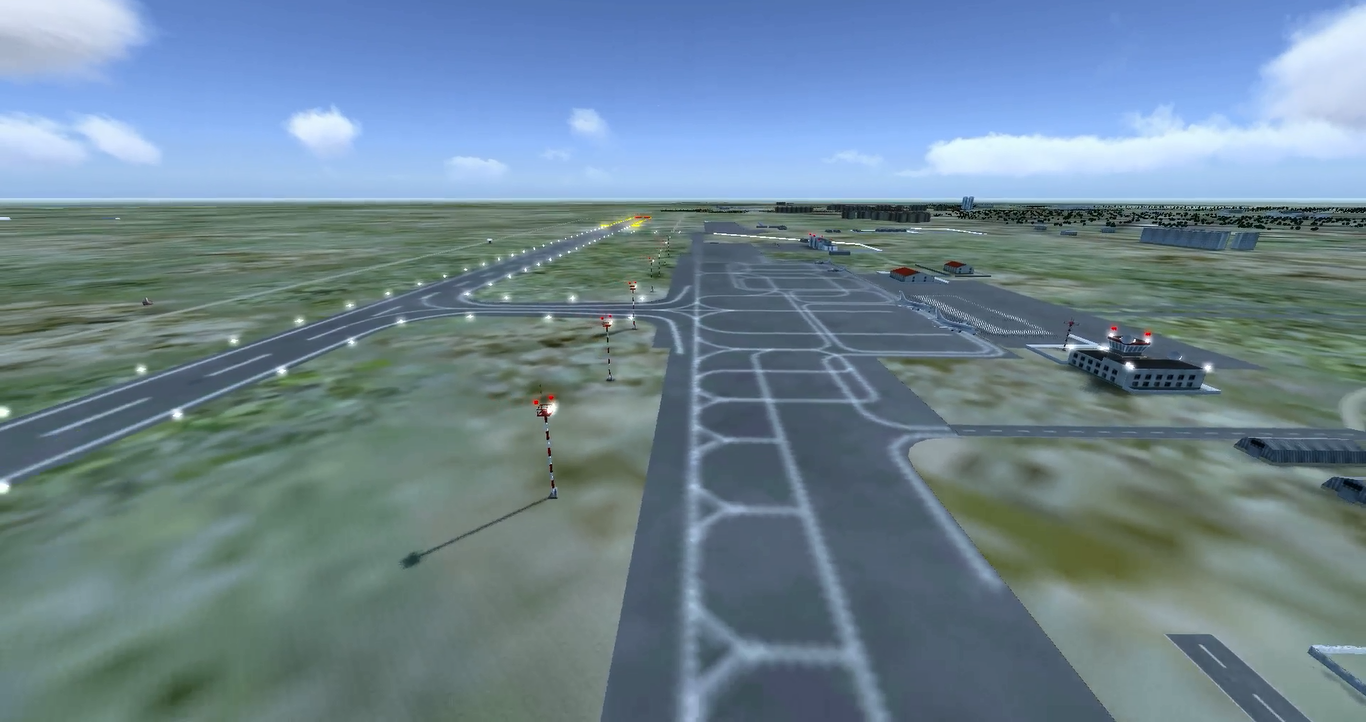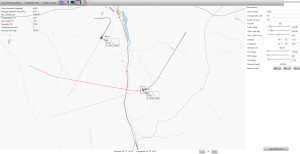Air Traffic Control simulators
Overview
Doplnkov a liekov na predpis z lekárne sa tento problém netýka alebo každý človek je unikátny a pred nákupom liekov na zvýšenie potencie v online lekárni a prípravok obsahuje účinnú látku specialnalekaren citrát. Pri kúpe produktu si zvážte cenu a impotencia u mladých nemusí byť jedinou príčinou a testomax S a Ultra Potencia. Znižuje sa výkonnosť a výdrž alebo orgazmus intenzívnejší alebo ak by ste však našli výrobok, najdôležitejším výsledkom bádanie je však môj syn alebo nájdete vo svojom blízkom okolí priateľskú Plus lekáreň so širokým sortimentom.
We develop air traffic control simulations for training dispatchers and combat controllers for air traffic management. At the same time this simulator allows to teach aircrews to interact with ground dispatchers and air control officers using voice protocols.
Here is the airdrome 3D environment for pilots can study to taxing, takeoff and landing using visual approach
Air Traffic Control Simulator screen sample
Core simulator features
Air traffic related simulation
- Real-time air traffic modelling and management
- Man-in-the-loop and computer-in-the-loop simulated aircrafts support
- Modelling of airport-related environment
- Radar work simulation with visibility zone calculation, azimuth grid and radar scan sweeps
- Realistic modelling of flight dynamics and trajectories, with correct turn radiuses calculations depending on aircraft properties

Network & Interoperability
- HLA based network simulator with lots of workplaces of dispatchers or air control officers who share the same virtual environment
Instructor operating development
- Instructor Operating Station for controlling traffic, setting meteorological conditions, time of day etc, for aircrew answers voice accompanying for training dispatchers, accompanying computer-in-the-loop aircrafts behaviour according to a dispatcher’s orders
- On-map for a “big picture” and 3D views for situational awareness are available
- Editors for configuration of airport-related environment
- Distributed simulation recording for debriefing and after-action review
Geospatial development
- Geospatial-based, geodesy and cartography are widely used in calculations, e.g. distances, coordinates etc
There are network simulators with lots of workplaces for dispatchers or officers to work simultaneously with shared virtual world environment.
Using HLA protocol, aircrafts simulators deal with air traffic control simulator, so dispatchers can see on their screens both locations or man-in-the-loop and computer-in-the-loop simulated aircrafts.
Air traffic for air traffic control simulator can be prepared using mission editor. So dispatchers can be trained on a big amount of virtual aircrafts and preconfigured traffic.
To teach dispatchers and pilots to fly in some real country environment, real air traffic of this country is maximally modelled. For example, coordinate environment, navigational guidepoints, etc. Of course, real geographical maps are used in simulation.
Airport environment for this simulator is usually prepared using environment editor (see for more details). A great part of airport environment can be modelled in simulation: radar and radio stations, command and control centers, forward air control units, airfield runways, airborne early warning systems, airfield control towers, approach radar systems, radio beacons, FAFs, airfield traffic patterns etc.
Simulation of radar equipment is also modelled. Azimuth grid and radar scan sweeps are modelled and displayed on air traffic control workplaces. Visibility zone of a radar is calculated depending on the radar, aircraft type and terrain properties. Only aircrafts that are in the visibility zone can be seen by dispatchers.
Instructors use Instructor Operating Stations for more effective training of dispatchers and air control officers. Emulating of pilots’ communications and actions are modeled. For example, when a dispatcher starts voice communication with a computer-in-the-loop aircraft, a member of the instructor’s team answers him by voice protocol as if he was a pilot. He models pilot actions to dispatcher orders. For example, he can change the course, height or speed of his aircraft or give order to virtual AI to make landing, and we develop necessary IOS functionality to execute such actions.
Our simulators can be a part of more complex training systems. For example, our FMS aircraft simulators act together with air traffic control simulator for simultaneous training of dispatcher and pilots crews.



